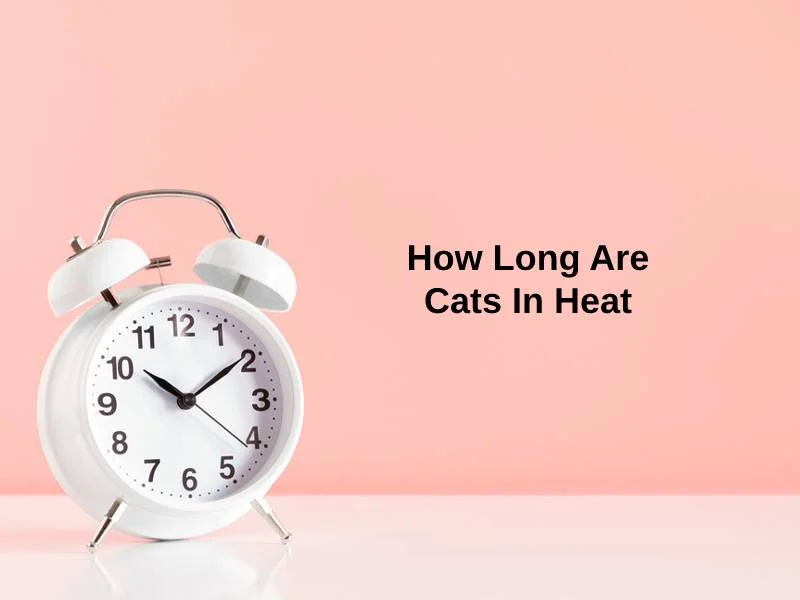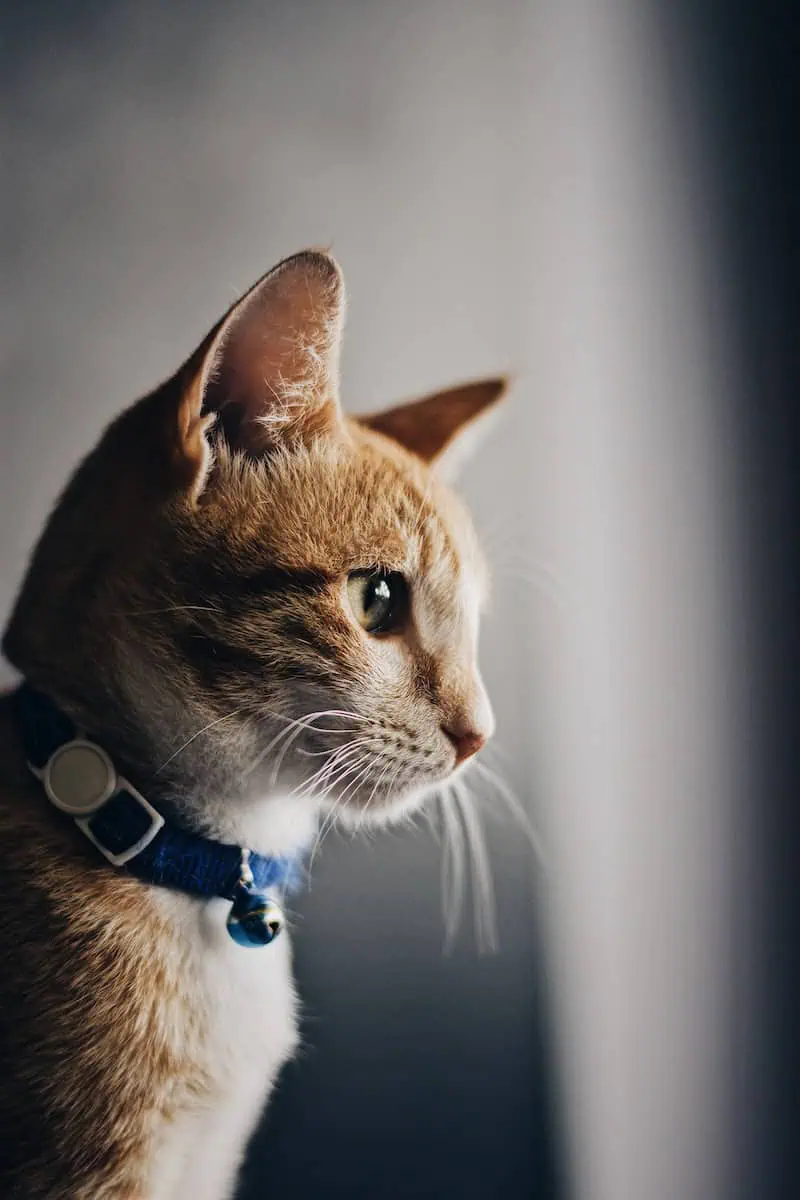Exact Answer: 1 to 19 Days
A heat cycle is a reproductive cycle that occurs in unspayed female cats. The estrous phase is better known as a cat’s heat cycle and has it when they reach puberty. On average, puberty, or sexual maturity, in cats occurs at about six months of age for the first time. But this can change slightly at the time of year. Each of these cycles consists of many stages. The phase that is called estrus refers to when the female is sexually sensitive or in heat.

How Long Are Cats In Heat?
| Phases of Heat Cycles in Cats | Duration |
| Proestrus | 1 to 2 Days |
| Estrus | Average up to 7 Days |
| Interestrus | 13 to 18 days |
| Diestrus | After Ovulation |
| Anestrus | Complete Absence of Heat |
Cats are polyestrous, which means they have numerous cycles during the breeding period. The breeding period will differ according to environmental and geographic factors such as temperature and daylight hours. In the Northern Hemisphere, cats habitually cycle from January till late fall. Cats that exist in higher tropical regions or avidly indoors might cycle all around the year.
All heat commonly lasts several days with an average length of six days. If an unspayed female cat has not mated during the estrus phase, it will be out of the heat for a short period. Hence, the entire estrous phase of the cat extends from one to six weeks, with the length of the average cycle being around three weeks. A cat undergoes five phases throughout a heat cycle:

- Proestrus: lasts only for one to two days with no change in behavior.
- Estrus: lasts an average of seven days which ranges from 2 to 19 days, is the stage where behavioral changes in the cat are visible. Also, the phase where the cat will be sensitive to male cats and might become pregnant.
- Interestrus: Occurs if a cat has not ovulated. It lasts 13 to 18 days until proestrus starts over again.
- Diestrus: Occurs when a cat has ovulated, happens when the female cat mates with a male).
- Anestrus: The complete absence of heat cycle. It can occur because of fewer daylight hours and is not noticeable in cats that live indoors exposed to constant light.
Why Are Cats In Heat For That Long?
As soon as the kitten has her first heat, she will get pregnant possibly. The hormones in her body will make her eager to look for a mate. She is most likely to cry out in such a way that it sounds like distress. She might roll on the ground and rub on everything near it. Most importantly, if she is an indoor pet, she might try to escape the owner’s house to look for a mate. It is dangerous for her to go outside, where she might lose her way while returning or get injured.
It’s also quite risky for her to be pregnant at such a young age. Her body is not mature enough to bear kids. So, pregnancy might be fatal to both her and her kittens. If the cat does not go out of the house to mate during her first heat, she will continue to go through a heat cycle every few weeks until she is spayed or becomes pregnant. The situation might make it look like she is constantly in heat.

Over the period, this might be stressful and toxic for the cat. She might lose weight, begin overgrooming, and even have behavior issues. If the owner allows their cat to get pregnant, then this will add to the world’s pet overpopulation issue. Some innumerable cats and kittens are waiting in shelters to get adopted or find a home to live in. Even if homes are found for the kittens, one has to consider that the kittens are occupying the space of shelter cats that might have been able to find homes.
Except for anyone having a pedigree cat and are ready to associate with a cat breeder for effective breeding, one must make sure their female kitten is spayed sooner than possible.
Conclusion
There is the presence of no substantial reason for allowing cats to undergo an estrous cycle or have a litter of kittens before being spayed. Cats could become pregnant on their very first estrous cycle, increasing the possibility that accidental breeding might occur. Cats are indiscriminate creatures. For example, a brother cat might breed with its sister, a father might mate with his daughter, and a son might mate with his mother.
A popular myth states that female cats become more intimate if they can have a litter of kittens. But this is not true and only serves to add further to the concerning issue of cat overpopulation.